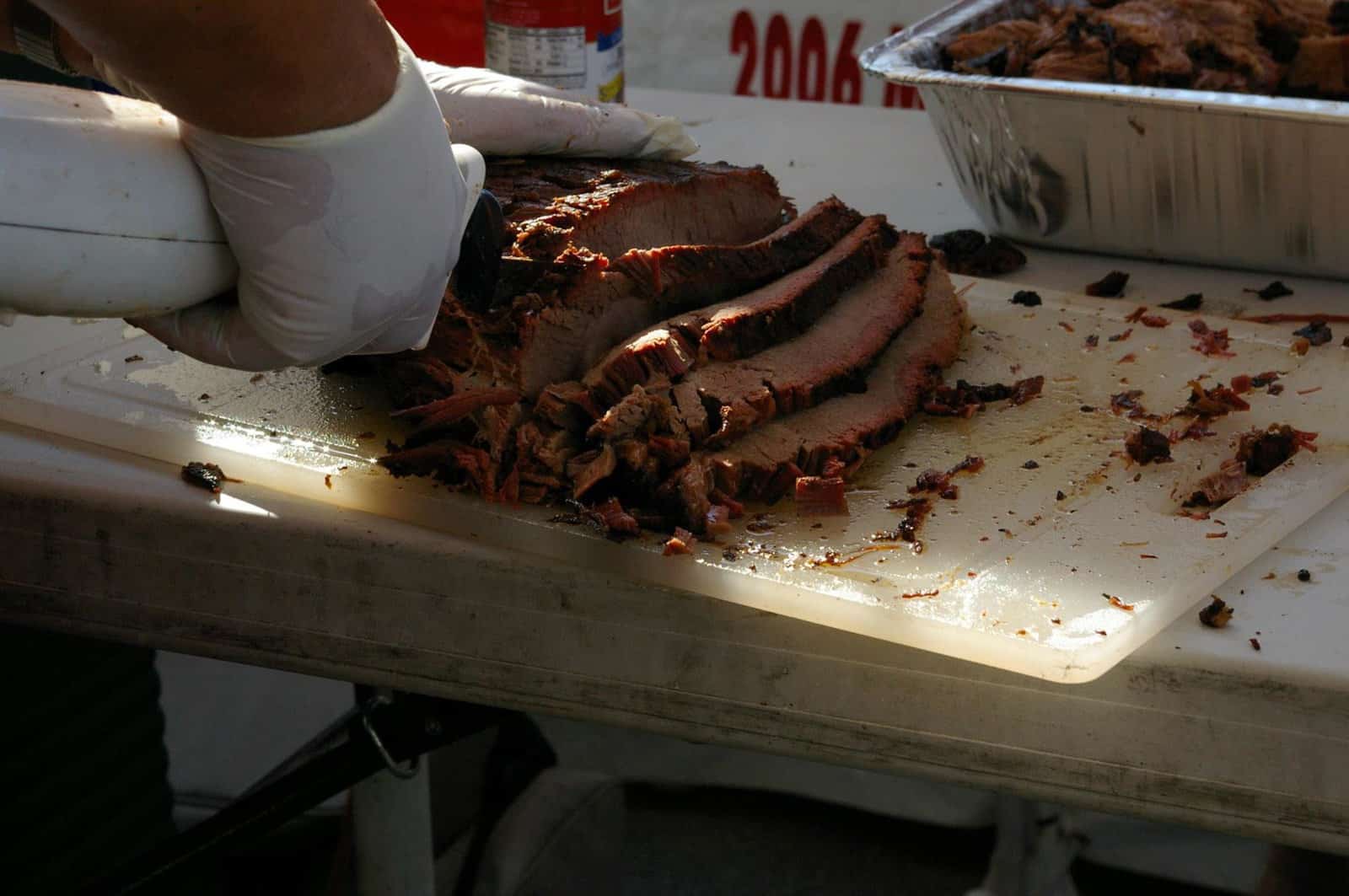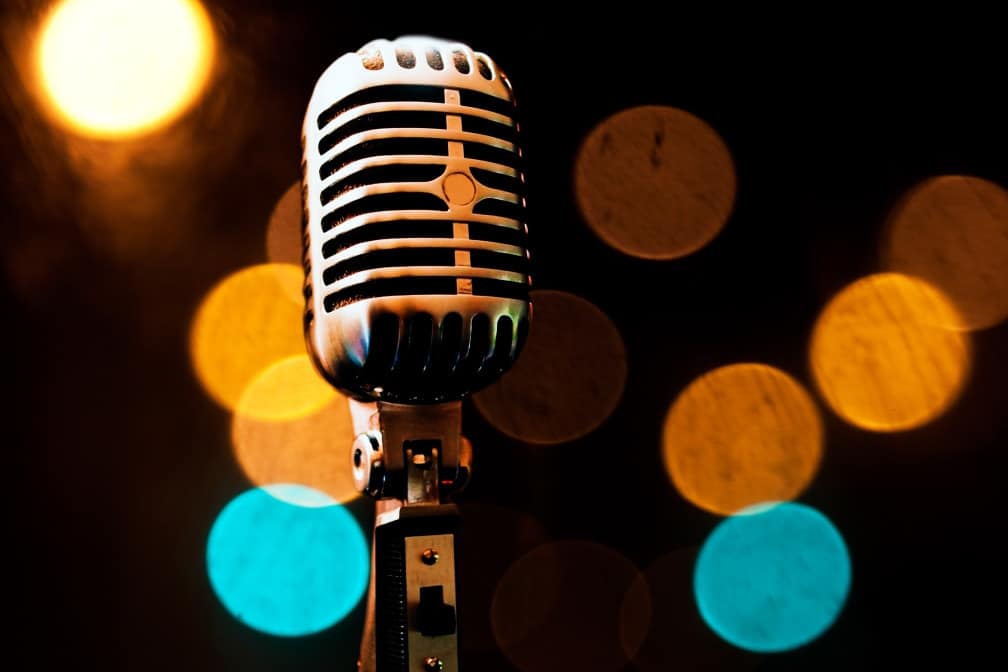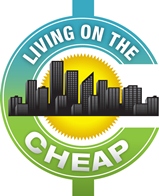The Centers for Disease Control and Prevention has advised wearing cloth face coverings when you go out in public, to help slow the spread of COVID-19. With face masks hard to find, we suggest you just make your own. If you sew, there are many patterns out there. But we found a pattern so simple, provided by the CDC, that no sewing is required.
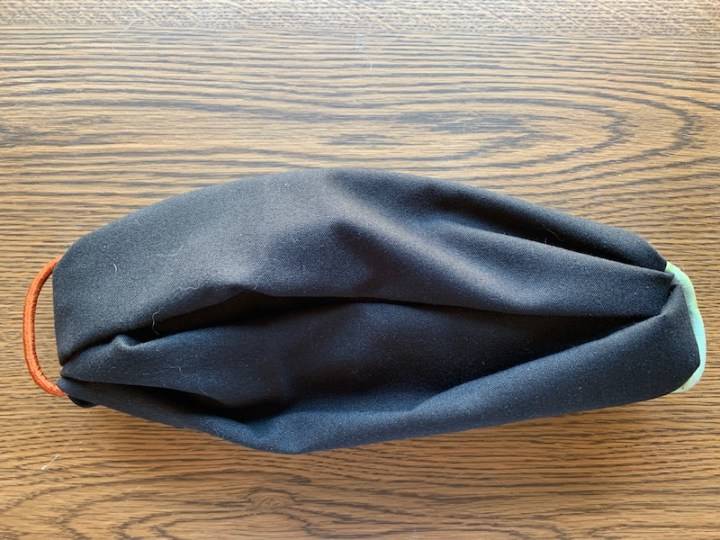
The cloth face masks are to be used in addition to the other very important measures that you should already be practicing:
- Only go in public for essential activities, like buying food or medications, and as infrequently as possible. Here’s information about how to get groceries delivered and more places to buy food online.
- When in public, stay six feet from other people.
- Wash your hands frequently.
- Don’t touch your face.
There are many DIY instructions for making your own face covering from items you have around the house, but the CDC provides a video that is all you really need to see, if you don’t sew.
This method requires nothing but a bandana (or a piece of cloth around 22×22 inches) and two rubber bands. Note that the rubber bands will go around your ears, which isn’t too comfortable for extended periods of time, so this can be further motivation to keep your time in public to an absolute minimum. Alternatives to rubber bands are hair ties and clean shoelaces.
Make sure to use tightly woven fabric. Don’t use quilted or perforated fabric. Hold it up to the light. The less light that gets through, the better.
It’s not in the video, but on the tutorial page, the CDC recommends tucking a coffee filter in the material, to offer additional filtering.
The CDC also offers instructions on sewing face masks, or making a no-sew one from an old t-shirt, on that same tutorial page.
A few other simple ways to make face masks:
- If you have any eye masks like the ones you wear on airplanes (or if you’ve ever flown business class and saved the kit they give you they usually include). You can take the mask and turn it upside down and it fits over your nose and covers your mouth.
- If you have a fabric sleeve that holds an ice pack, you can use that material as a washable face mask. It’s even better if it has a Velcro strap because you can just cover your face and run the Velcro strap behind your head and adjust to fit.
Donating Face Masks in Kansas City
Nationwide, people are sewing face masks to help out health-care workers. Fabric masks usually aren’t enough for hospital workers, but they can be helpful to workers in nursing homes, veterinary clinics, senior facilities and or non-medical personnel at hospitals.
Here are some place around Kansas City that accepting homemade face masks, as well as other personal protective equipment and essentials. Read carefully as some hospitals provide a preferred sewing pattern you should download or require you to fill out a form to coordinate your delivery. We recommend double checking before you deliver your donation. Things are changing quickly and some organizations may change their process or policy.
Children’s Mercy Kansas City – You’ll need to sign up to schedule a donation drop-off.
Great Plains SPCA: This no-kill animal shelter in Merriam is organizing a sew-a-thon with a goal to make 250 CLOTH FACE MASKS by APRIL 16th to donate to their community partners. Donations can be dropped in a designated bucket outside at their Pet Adoption Center.
Johnson County MED-ACT – Completed masks can be dropped off off at the MED-ACT station at 205 E. Flaming Road, in Olathe.
Liberty Hospital – You can download the hospital’s preferred face mask pattern and fill out a form to coordinate your donation and drop off.
North Kansas City Hospital – All donations can be dropped off at the Pavilion entrance with the valets.
Sandlot Goods – Local KC manufacturer Sandlot Goods has mobilized with Made In Kansas City to produce cotton face masks. By going to their site you can help by:
- Donating money to cover the cost of materials and labor.
- Buy masks for personal use. Masks are $20 each. Every dollar goes to materials or labor for making the masks.The two companies are not keeping any of the funds.
- Request masks. Large organizations can request masks. Priority is being given to hospitals and first responders.
St. Luke’s Health Systems – Saint Luke’s has a supply of antimicrobial fabric available for those who want to donate their time to sew masks for our care providers. Saint Luke’s staff will deliver fabric directly to each community member and will pick up masks when they are complete.
Sewing Face Masks
If you are a handy creative sort fire up that sewing machine and give yourself some craft therapy.
JoAnn fabric stores is providing precut fabric, facilities and pickup service at selected stores for people who want to make and donate masks. The store also has tutorials and video instructions online.
You can make a few for your household, offer them up to friends and neighbors or donate them to one of the places we listed earlier. One of our readers in Southwest Missouri posted on Facebook her plans to make masks over the weekend and had more than a dozen requests from friends wanting some of her masks with flair.
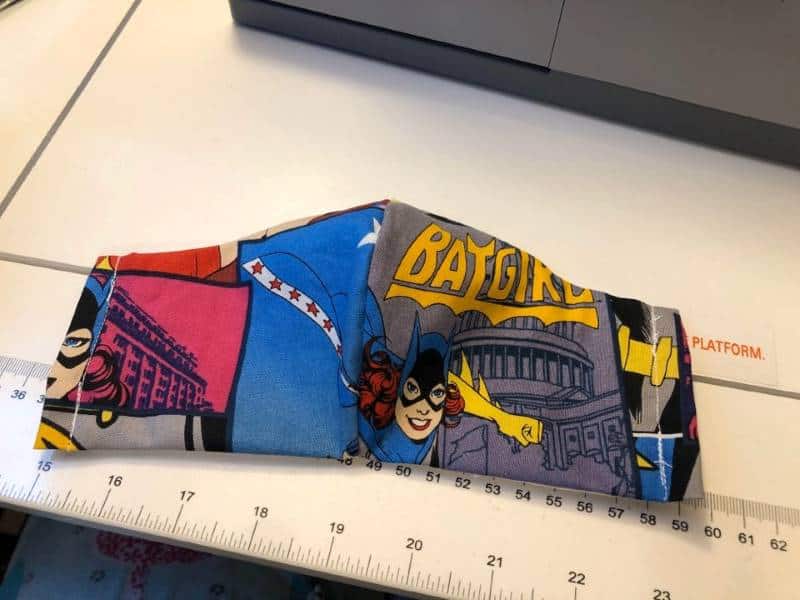
Buying Face Masks
There are tons of people selling hand-made face masks on Etsy. You can expect longer wait times as the demand has risen dramatically for these items. If you do purchase one from Etsy, make sure to look at the delivery time, as it could be weeks (or more) out. Look for sellers in the United States.
Also, try to find one that has a pocket to put a filter in. The CDC has suggested using coffee filters. We’ve seen other recommendations for using vacuum bag filters.
Buying face masks on Amazon
You can also find face masks on Amazon. As with the hand made masks on Etsy, you might find arrival times pretty far out. Hopefully, manufacturing (whether industrial or hand-made) will increase, in the short term, to somewhat keep up with the demand. So make yourself one of those no-sew face coverings while you wait.
Don’t buy N95 masks for yourself
Please don’t buy N95 masks or surgical masks for your own trip to the grocery store. Our hospitals desperately need them, and they are in short supply.
Things to Remember About Wearing a Face Mask
Don’t get complacent. As time goes on, don’t allow yourself to relax your other safety measures, including staying at home, maintaining a six-foot distance from other people, washing your hands frequently, and avoiding touching your face.
Remove it safely. When you get home, remove it from the ear loops, not the cloth part.
Wash it frequently. We will be washing ours after every use. Since we’re hardly ever going out in public, this is not that frequent. We’ll be washing it in the washing machine, with hot water. If we use the no-sew kind (like in the above video), we’ll remove the rubber bands before washing.
Wash your hands. After taking it off and throwing it in the washing machine, wash your hands thoroughly.
Other Helpful Resources
Store Senior Shopping Hours, New Operating Hours and Product Limits
Kansas City on the Cheap’s Virtual Calendar of Events
Virtual Concerts by Kansas City Musicians
Freebies and Discounts for Hospital Workers, First Responders and Teachers
Coloring KC: Digital Online Coloring Book Celebrates and Supports Local Flavor of Kansas City
